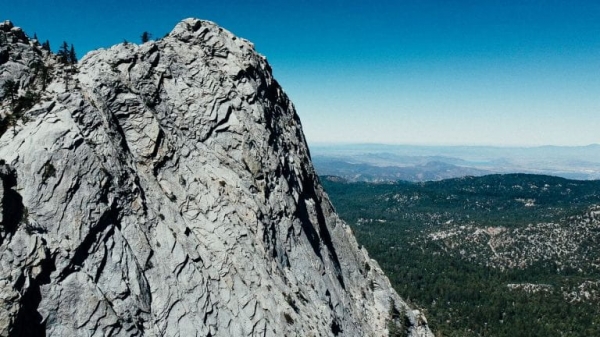The State of California is banking on its forests to help reduce planet-warming carbon dioxide in the atmosphere. But that element of the state’s climate-change solution arsenal may be in jeopardy, as new research from the University of California, Irvine reports that trees in California’s mountain ranges and open spaces are dying from wildfires and other pressures – and fewer new trees are filling the void.
“The forests are not keeping up with these large fires,” said study co-author James Randerson, the Ralph J. and Carol M. Cicerone Professor of Earth system science at UCI. Across the entire state, tree cover area has declined 6.7 percent since 1985. “These are big changes in less than four decades,” he said.
It’s the first time that researchers have been able to measure tree population declines in California, and attribute the changes to such pressures as wildfires, drought stress and logging.
For the study, the UCI-led team used satellite data from the USGS and NASA’s Landsat mission to study vegetation changes between 1985 and 2021. They found that one of the starkest declines in tree cover was in Southern California, where 14 percent of the tree population in local mountain ranges vanished, potentially permanently.
Read more at: University of California Irvine
Forests sit below Tahquitz Peak in Southern California’s San Jacinto mountain range. In new research from scientists in the UCI Department of Earth System Science, the number of trees in Southern California’s mountains decreased by as much as 14 percent. (Photo Credit: Lucas Van Wyk Joel / UCI)


